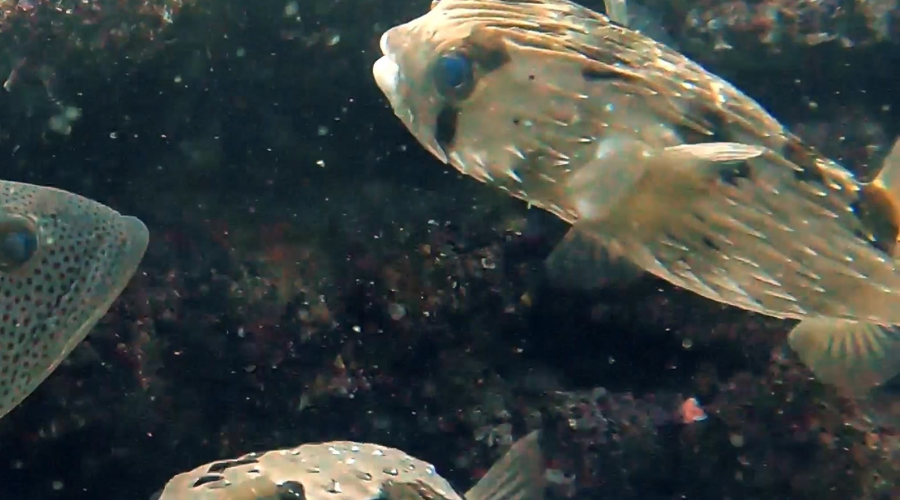
Pufferfish
Japanese Name:
河豚
Romaji Name:
fugu
Description
↓↓
The fugu is a type of pufferfish, renowned in Japan for being a delicacy that can be extremely dangerous if not prepared correctly. The fish contains a potent neurotoxin called tetrodotoxin, which is far more toxic than cyanide. This toxin is found in various parts of the fish, including the liver, ovaries, and intestines.
History
↓↓
Pufferfish are marine fish known for their ability to inflate and their potent toxin, tetrodotoxin.
In Japan, fugu has been consumed for centuries, with records dating back to the Nara period (8th century).
Due to its toxicity, fugu preparation became highly regulated, and chefs required special training and licenses.
During the Edo period (17th–19th century), fugu was a luxury delicacy enjoyed by the elite, often in winter.
Modern regulations and culinary techniques ensure safety, allowing fugu to be served in specialized restaurants.
Today, fugu remains a symbol of Japanese cuisine, combining culinary skill, tradition, and the thrill of its preparation.